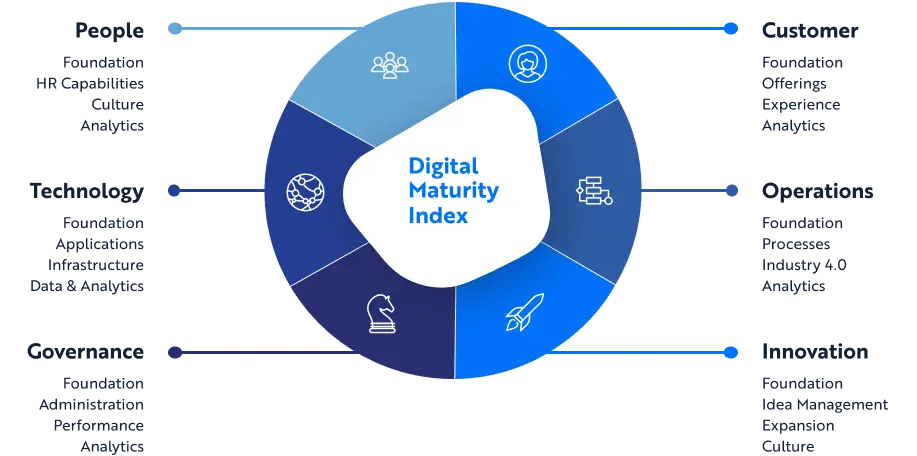
Innovation is more than just a buzzword; it’s a strategic imperative that propels companies ahead of their competitors. By continually exploring new ideas, technologies, and processes, manufacturers can create unique products, enhance efficiency, and open up new markets. This relentless pursuit of innovation ensures that businesses remain relevant in a market where customer preferences shift rapidly, and technology evolves at breakneck speed.
Driving Growth Through Disruption
The most successful manufacturers are those that view innovation not just as a way to improve existing products and processes but as an opportunity to disrupt the status quo. Whether it’s through groundbreaking product designs, cutting-edge manufacturing techniques, or novel business models, disruptive innovation can redefine markets and create entirely new industries. Companies that lead the charge in innovation often enjoy first-mover advantages, capturing significant market share and establishing themselves as industry leaders.
Meeting Customer Needs with Precision
At its core, innovation is about solving problems and meeting customer needs more effectively. By leveraging advanced technologies such as AI, IoT, and big data analytics, manufacturers can gain deeper insights into customer behavior and preferences. This intelligence enables them to design products and services that align closely with customer demands, delivering personalized experiences that enhance satisfaction and loyalty.
Fostering a Culture of Innovation
Cultivating an environment where innovation thrives is crucial for manufacturers aiming to stay at the forefront of their industry. This involves not just investing in new technologies but also nurturing a mindset that encourages creativity, experimentation, and risk-taking.
Encouraging Collaboration and Diversity
Innovation flourishes in collaborative environments that bring together diverse perspectives and expertise. Encouraging cross-functional teams to work together on innovation projects can lead to breakthrough ideas that would not have emerged in silos. Similarly, fostering diversity in the workforce — in terms of skills, experiences, and backgrounds — enriches the innovation process, ensuring a wide range of ideas and solutions.
Investing in Continuous Learning and Development
The pace of technological advancement means that the skills and knowledge that are cutting-edge today can quickly become obsolete. Investing in continuous learning and development ensures that employees remain at the forefront of industry trends and technologies, empowering them to contribute effectively to the company’s innovation efforts.
The Strategic Role of Digital Transformation
Digital transformation is intrinsically linked to innovation in manufacturing. By embracing digital technologies, companies can streamline their operations, enhance product development, and create more agile and responsive supply chains. Moreover, digital platforms enable manufacturers to collaborate more effectively with partners, suppliers, and customers, facilitating co-innovation and accelerating the pace of new product development.
Amplifying Innovation through Digital Maturity Measurement
The Digital Maturity Index (DMI) stands as a testament to the belief that targeted measurement can catalyze profound changes in a company’s approach to digital transformation and innovation. Within the DMI framework, innovation is not just one of six dimensions; it is a vital component that permeates and influences all other aspects of digital maturity. Recognizing and measuring innovation as a distinct dimension reinforces its critical role in driving a company toward market leadership and disruption.

The Role of Regular Measurement in Fostering Innovation
Regular assessments of a company’s innovation capabilities through the DMI serve several strategic purposes. First, they provide a clear benchmark of where a company stands in its innovation journey relative to its competitors and industry standards. This benchmarking is essential for setting realistic, yet ambitious, innovation goals.
Strategic Prioritization and Resource Allocation
The insights gained from measuring innovation performance empower companies to strategically prioritize initiatives and allocate resources where they can have the most significant impact. By understanding their current innovation landscape, companies can identify areas of strength to build upon and areas of weakness that require targeted intervention. This strategic approach ensures that investments in innovation are both effective and efficient, driving measurable improvements in digital capabilities.
Driving a Culture of Continuous Innovation
Embedding regular innovation assessments into the DMI process also plays a crucial role in cultivating a culture of continuous innovation. By making innovation measurement an ongoing practice, companies signal the importance of innovation to their employees, encouraging a mindset of constant improvement and experimentation. This cultural shift is crucial for sustaining long-term innovation and maintaining competitive advantage in a rapidly evolving digital landscape.
Case Study: Transforming Through Measured Innovation
Consider a manufacturing company that leveraged its DMI assessments to dramatically enhance its innovation capabilities. By conducting regular reviews of its innovation dimension, the company identified critical gaps in its approach to product development and customer engagement. In response, it invested in advanced analytics and IoT technologies, enabling more data-driven decision-making and the creation of smarter, more connected products. These targeted investments, guided by precise measurements, resulted in a significant increase in market share and established the company as a leader in its sector.
Conclusion: The Strategic Imperative of Measuring Innovation
The integration of innovation as a key dimension in the Digital Maturity Index underscores the strategic imperative of measuring and enhancing innovation capabilities within the manufacturing industry. In an environment where digital technologies evolve at an unprecedented pace, maintaining a focus on innovation is essential for companies aiming to disrupt markets and achieve leadership positions. By regularly assessing their innovation dimension, manufacturers can ensure that their digital transformation efforts are strategically aligned with their goals of market leadership and innovation excellence. Through this focused approach, what’s measured not only gets done but propels companies to new heights of success and market influence.
For manufacturers, the path forward is clear: innovate or risk obsolescence. In an increasingly complex and competitive global marketplace, the ability to innovate — to anticipate and respond to changing market dynamics, customer needs, and technological advancements — is what will differentiate the leaders from the followers. By fostering a culture of innovation, investing in people and technologies, and embracing digital transformation, manufacturers can secure their place in the future of industry. Innovation is not just about creating new products; it’s about reimagining what’s possible, redefining markets, and reshaping the world.



